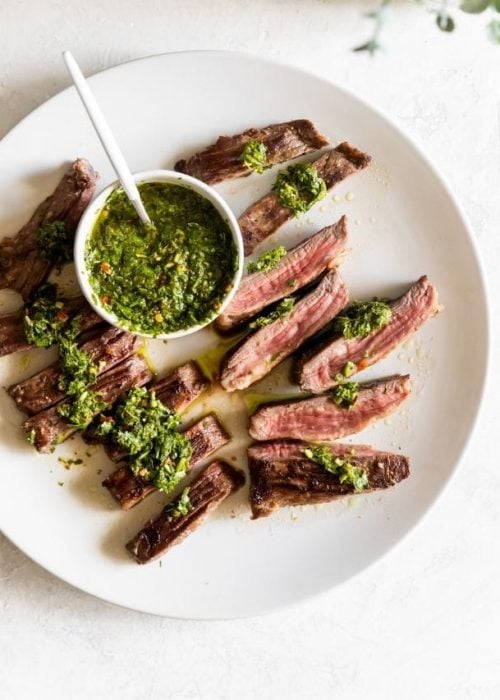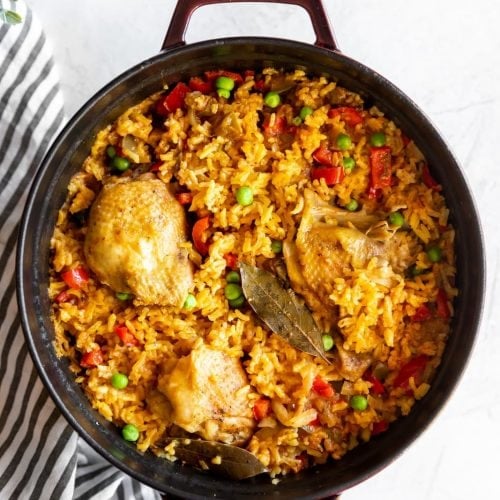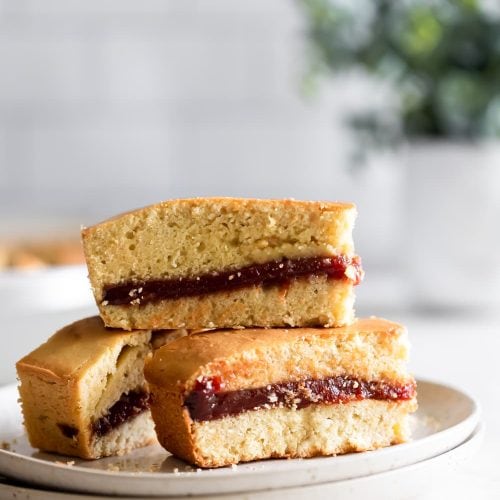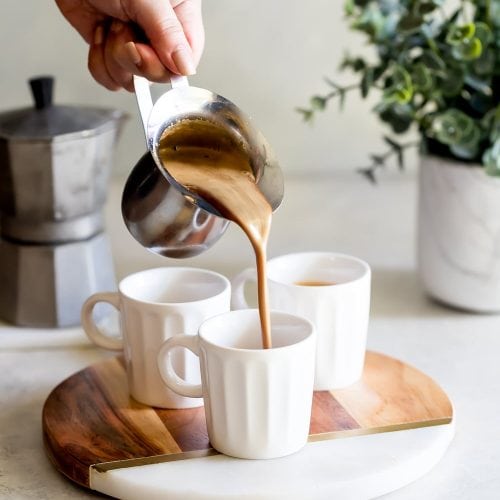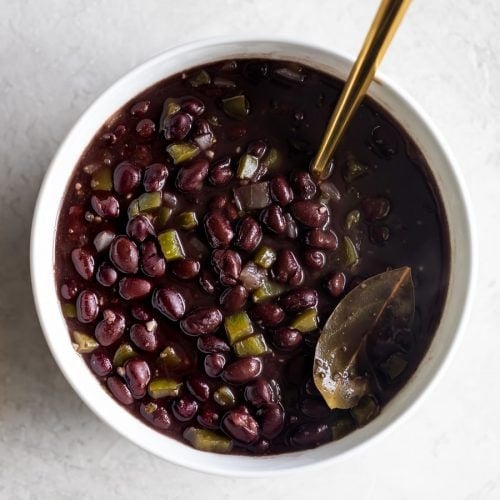
Recipe Index
 By Type
By Type
 By Course
By Course
 By Ingredients
By Ingredients
 By Occasion
By Occasion

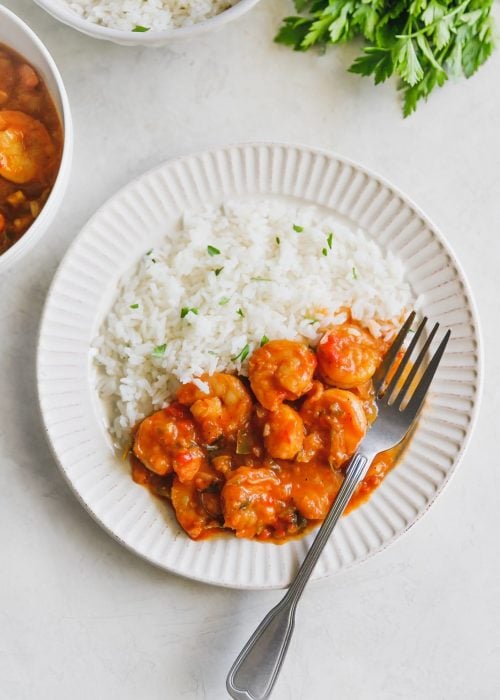
Dinners
Camarones Enchilados (Cuban Shrimp Creole)
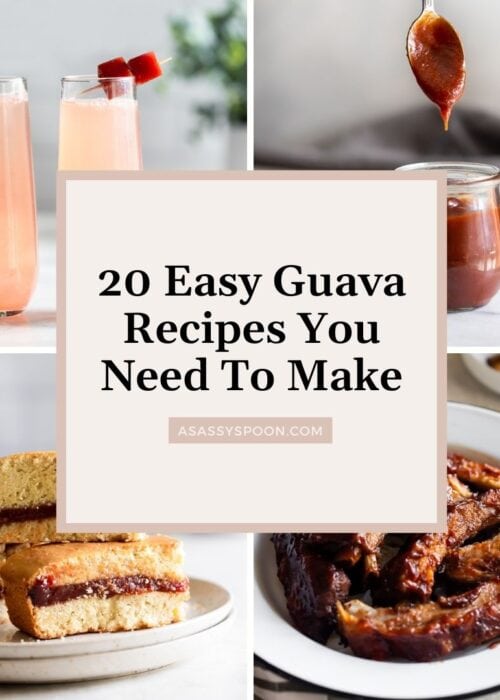
Behind The Spoon
20 Easy Guava Recipes You Need To Make
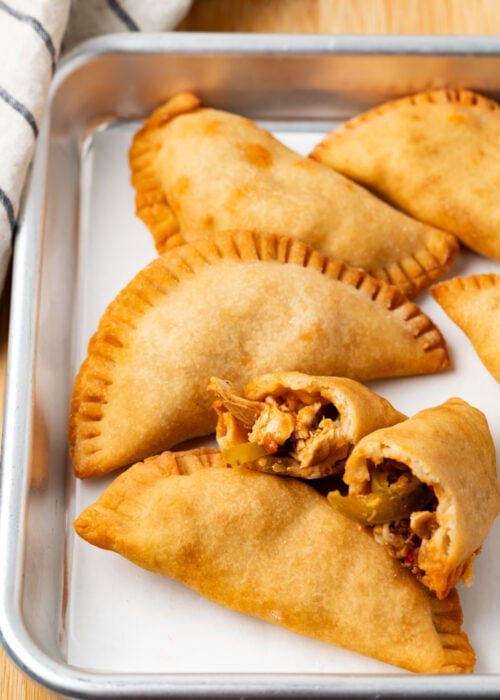
Appetizers
Authentic Cuban Chicken Empanadas
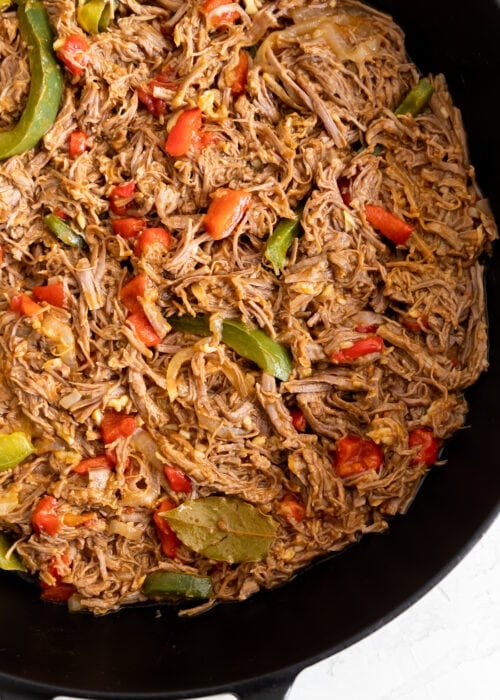
Dinners
Authentic Cuban Ropa Vieja (Shredded Beef Recipe)
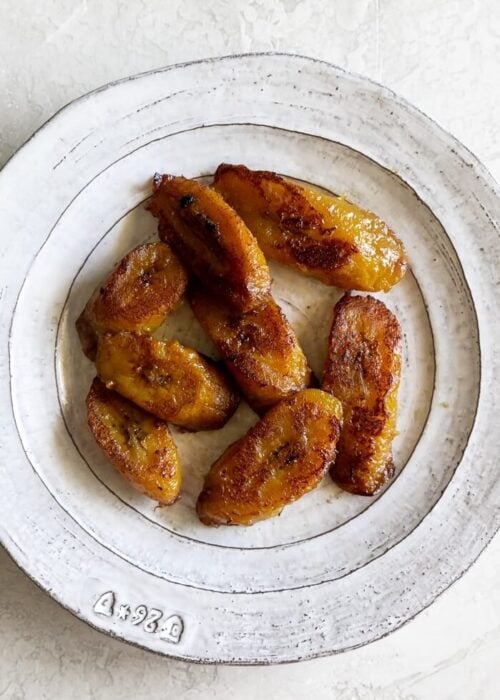
Side Dishes
15-Minute Pan-Fried Sweet Plantains (Maduros)

Dips + Sauces
Authentic Cuban Mojo Criollo (Mojo Marinade)
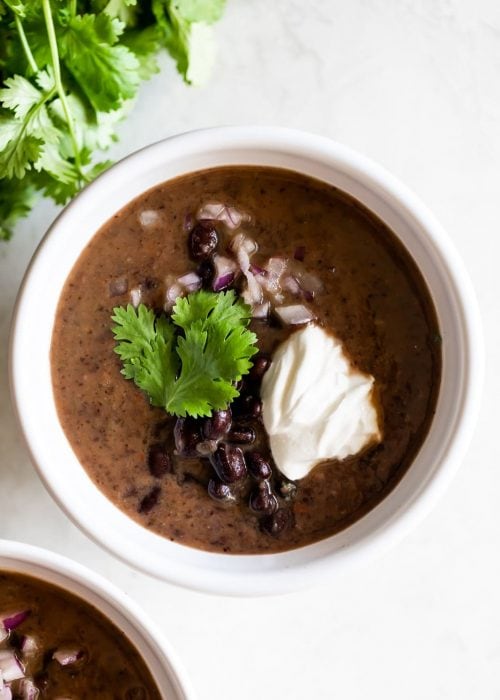
Soup + Stews
Cuban Black Bean Soup (Sopa de Frijol Negro)
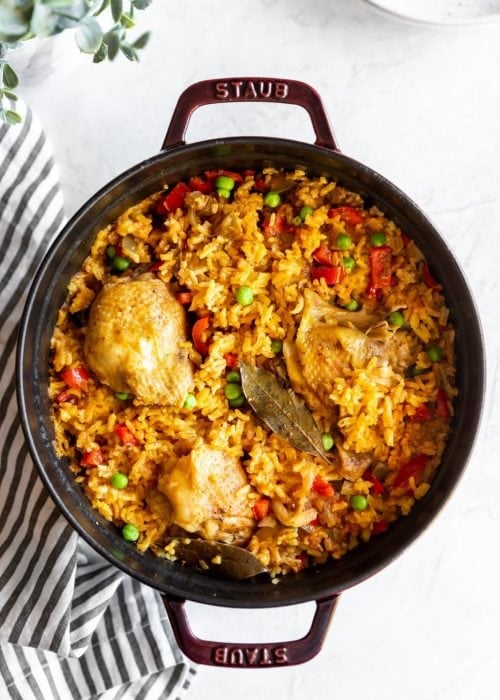
Dinners
Cuban Arroz Con Pollo (Cuban Chicken & Rice)
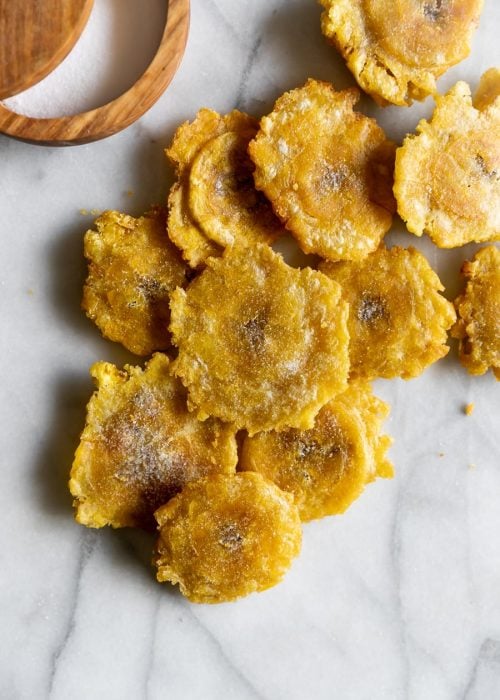
Side Dishes
Authentic Cuban Tostones (Twice-Fried Plantains)

Desserts
Brazo Gitano de Guayaba (Guava Swiss Roll)
